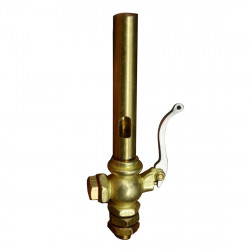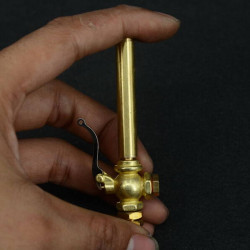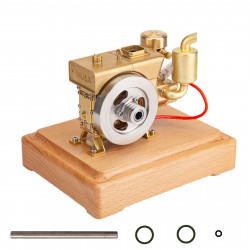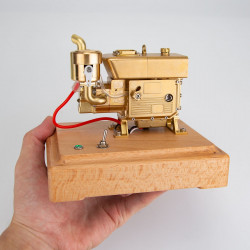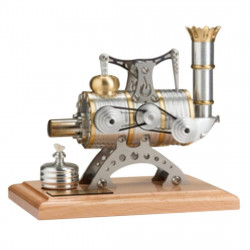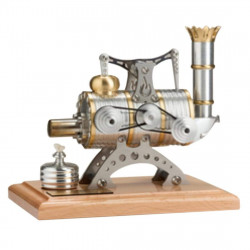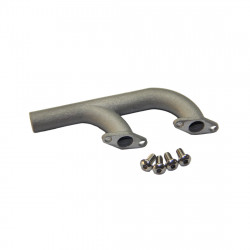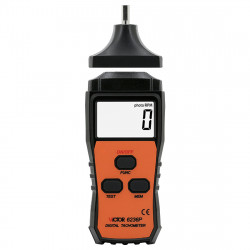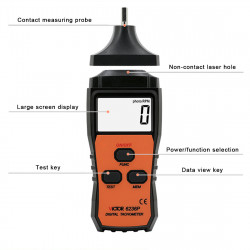
How Do You Get Started With an RC Plane?
Introduction
Do you want to fly remote-controlled aircraft? Our book is intended to assist newcomers like you in beginning this enjoyable and thrilling pastime. We'll demonstrate how to choose the appropriate aircraft, assemble it, and launch it. It's a lot of fun to fly model airplanes, and this tutorial will help you have a successful first time—simple, step-by-step instructions to help you confidently take off—no technical phrases or jargon.
RC Planes Basics for Beginners
To guarantee an enjoyable and safe flying experience, we will first describe an RC airplane, its essential parts, and some fundamental safety precautions.
What Are RC Airplanes?
A handheld transmitter remotely controls a small flying machine called a radio-controlled airplane (RC). With various sizes and designs that resemble actual aircraft, these model planes accommodate a range of skill levels, including those ideal for novice RC flying.
Key Components of Radio Airplanes:
- Transmitter and Receiver: This pair is the core of your control over the model airplane. The device you hold in your hands is the transmitter, which instructs the receiver within your aircraft on how to move by sending signals.
- Power Source: Most entry-level RC aircraft are electric and run on batteries. They are an excellent option for beginners because they are easier to use and cleaner than gas-powered ones.
- Servos, ESCs, and Other Electronics: After receiving signals from the receiver, these tiny devices inside the aircraft modify the motors' speed and direction and the location of the control surfaces on the wings and tail.
Basic Safety Measures for Beginner RC Flying:
Your RC plane should always be flown in a clear space away from people, animals, and buildings. The equipment must be inspected in detail prior to each flying session to ensure it is in working order. In the same way, avoid flying an RC plane in windy or rainy weather, as this can be difficult for even skilled pilots to manage.
How to Choose Your First Model Airplane?
Think about what makes a model plane ideal for novices and what will help you make the best initial decision before choosing your very own RC airplane.
Factors to Consider When Selecting an RC Plane for Beginners:
- Aircraft Size and Type: A 'trainer' model is usually a suitable beginner plane. These aircraft are more stable because of their bigger wing area, yet they are not too large for beginners.
- Durability and Repairability: Accidents do occur, particularly during learning. Choose aircraft constructed of sturdy foam or easily repairable polymers that can withstand inevitable knocks.
- Cost and Availability of Replacement Parts: You don't want a protracted wait for costly parts to cancel your travel. Select a model with affordable, easily accessible spare parts.
High-wing models would provide more stability and maneuverability for those who are new to RC flying. Electric-powered models require less maintenance. Since RTF kits have all the necessary basic parts that don't need to be purchased separately and only need to be fixed according to the instructions, they will be the ideal option for a flying start. These beginner-friendly features make the first flight more pleasurable by easing a lot of the anxiety that comes with it.
Pre-Flight Preparation: Setting Up Your RC Airplane
A successful first lift-off or a sad return to the drawing board depends on the setup.
Assembly Tips for Model Airplanes:
- Read the Manual Carefully: Instructions are included with every model airplane. They are the roadmap for your success, so take the time to learn about them.
- Understand Your Kit's Contents: Ensure every component is present before you begin. Missing a piece could result in a delayed takeoff.
- Take It Slow: Take your time assembling. You can avoid future headaches by taking your time now.
Pre-Flight Checklist for a Successful Takeoff:
You should review a pre-flight checklist before each flight session, not just the first one. This is what it usually consists of:
- Check Control Surfaces: Ensure your transmitter orders the rudder, elevator, ailerons, and flaps to move appropriately.
- Battery Charge and Placement: Ensure your batteries are securely fastened in the aircraft and fully charged. A loose battery in midair may result in loss of control.
- Range Checking: Perform a ground range check to ensure the transmitter and receiver can communicate over the distances you'll be flying.
For beginners, carefully completing these inspections before every flight with your RC plane will quickly become second nature.
Tips and Tricks for Beginner RC Flying
Here are some crucial pointers to help you develop your confidence as an RC pilot.
Finding a Suitable Location
Select expansive, open areas with few obstructions, such as buildings, trees, or power lines, such as fields or RC airfields. Local organizations that provide RC flying grounds are also wise options. In addition to being secure, these locations offer a fantastic chance to network with other fans and receive practical guidance.
Basic Controls and Maneuvers
- Throttle Management: Reduce the throttle gradually to observe the actions of your model aircraft. Learn how much throttle is needed to keep your plane flying, even at half throttle, without stalling or going over speed.
- Steering and Maintaining Altitude: Learn to turn the aircraft using small rudder and aileron deflections. Balance the elevator control and throttle setting to practice flying level and straight.
- Landing Techniques: Give yourself plenty of room when you start your landing approach. Adjust the plane's attitude and alignment with the runway. Then, gradually lower the throttle and allow the aircraft to glide down, maintaining the nose up right before touchdown.
Coping with Common Issues
- Wind and Weather Variables: Pay attention to the weather because even a slight wind can impact your plane's performance. Begin flying on calm days and work up to more difficult ones.
- Orientation and Maintaining Line-of-Sight: It is always possible to determine which way your plane is facing if you keep it near enough. Reduce the throttle, drop the altitude, and slowly steer until you can see again if you lose your bearings.
- Troubleshooting Minor In-Flight Problems: Find out what typical issues you might encounter, such as losing your signal or your plane's abrupt turn. Remain composed, reduce the throttle, and attempt to steer your aircraft back toward stability.
Our 1300mm PA-18 model is ideal for individuals prepared to go from beginner rank so you may take your RC flying to the next level. Its powerful 3536-850KV motor and 40A ESC will provide you with dependable, powerful performance every time you take to the skies. With its large tires and metal landing gear, this aircraft is designed to withstand harsh landings and handle a variety of terrain. You can fly practically any place because of its talent for short takeoffs and landings, and assembling it only requires a few screws. It's also convenient to carry and pack. This plane is versatile, with features like lights already attached for dusk flights and the ability to add floats for splashing down on the ocean. This is for any pilot looking to broaden their RC flying horizons.
A Beginner's Journey into RC Aviation
Every stage could be an educational opportunity that deepens your aviation knowledge, from executing controlled maneuvers or a seamless takeoff to your plane's elegant runway touchdown. The robustness and adaptability of models, like the feature-rich PA-18 Super Cub, will guarantee that a novice may experience the thrill of the sport with a dependable and manageable model that develops with them. You will succeed in the fundamentals and pave the way for more complex flying methods if you prepare, practice carefully, and are eager to join the community. Get your batteries charged, clear the runway, and prepare to soar with enthusiasm, grit, and passion.
